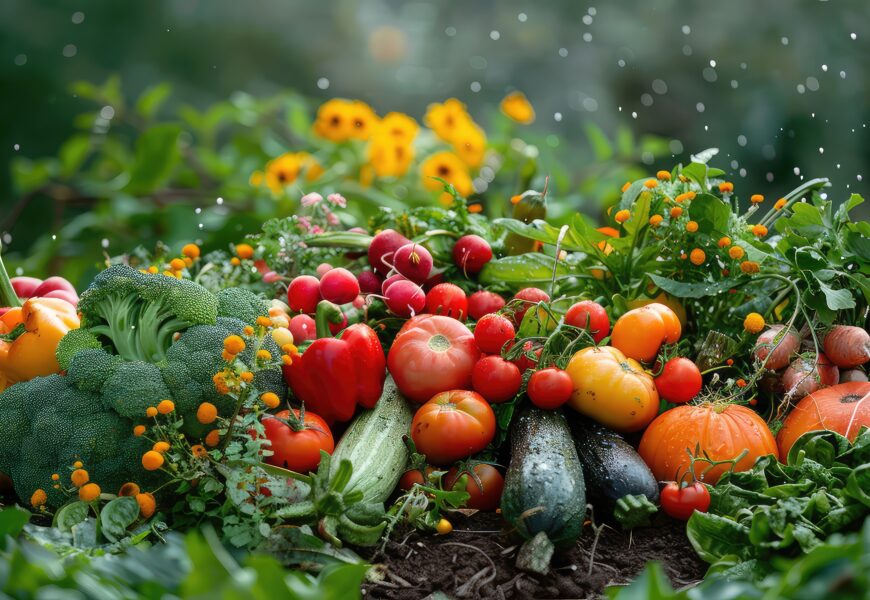Seasonal crop rotation has been key in gardening for centuries. It’s a simple yet powerful way to keep your garden healthy. By changing what you grow, you can stop diseases before they start. And with the right seasonal planting tips, you can make your garden thrive.
Most people think about changing plants once a year. But, could you get better results by changing them more often? Rotating crops is not just about stopping diseases. It’s a way to make your garden better and more diverse. By moving plants like leafy greens and root vegetables, you improve the soil and help more plants grow.
But there’s more to crop rotation than just moving plants around. It’s about knowing how they work together in your garden. Jean-Martin Fortier shows us how to do this with science, making every part of his garden better every year.
Rotating crops has many benefits. You’ll have fewer weeds, pests won’t spread as easily, and your food will be healthier. It works in big gardens or small ones. If you want to learn how to do this in your garden, keep reading for a detailed guide on how to swap crops with the seasons.
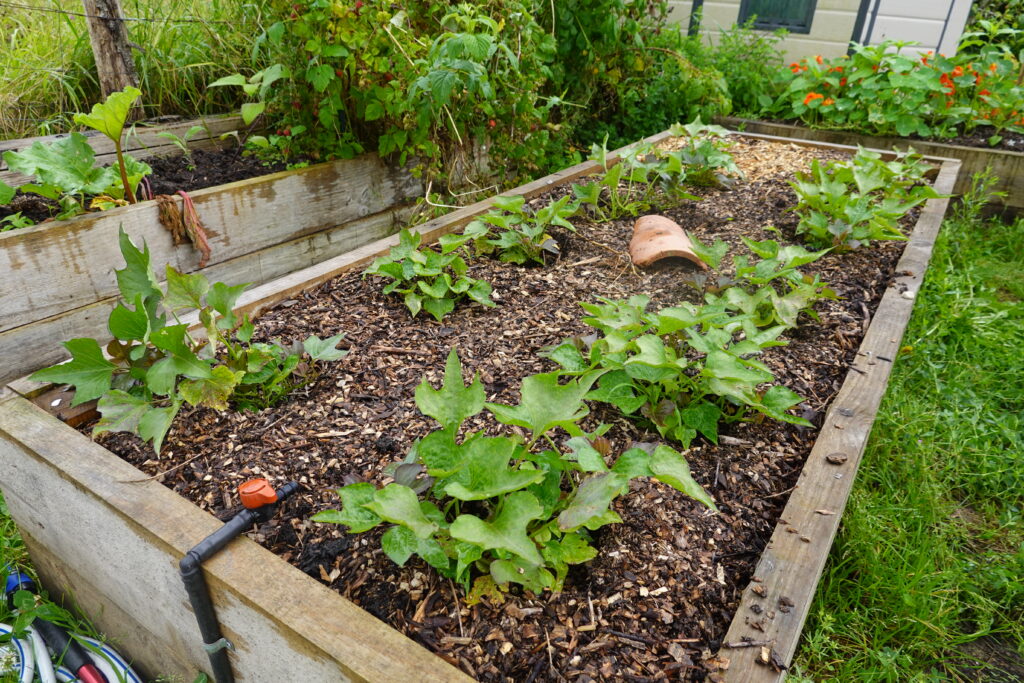
The Principles of Seasonal Crop Rotation
The art and science of seasonal crop rotation are key to boosting garden productivity and improving soil health. This method is more than just changing crops yearly. It’s about linking plants, soil, and the ecosystem deeply.
By rotating crops seasonally, farmers and gardeners stop pests and diseases that come with growing the same crop every year. For example, planting legumes that fix nitrogen, then corn that uses it, keeps soil balanced and healthy.
Crop rotation benefits go beyond fighting pests and diseases. Studies show it increases soil organic matter, boosts microbes, and makes farms more resilient. These changes lead to better crops and stable incomes, especially in areas with unpredictable weather due to climate change.
“The sustainability of long-term crop health and productivity hinges on the effective practice of crop rotation which supports dynamic soil ecosystems.”
Crop rotation is not just about changing crops. It’s about understanding how they affect the soil. Cereals use nitrogen left by legumes, making nutrients work better. Adding cover crops like grasses helps soil structure, prevents erosion, and lets water in.
For gardeners wanting to boost their garden productivity, crop rotation is a big help. It treats soil as a living thing, improving plant growth and toughness. Improving soil health means planning and diversity, which crop rotation provides.
Maximizing the Benefits of Crop Rotation
Using a smart crop rotation plan is key to increasing crop yields, preventing pests, and controlling diseases. By changing what you plant, like switching between legumes, brassicas, and nightshades, you stop pests and improve soil health. This method, as shown in a detailed guide on organic gardening, shows how diversity in your garden leads to healthier plants.
Legumes like peas and beans are great for fixing nitrogen in the soil. Then, planting crops that need a lot of nitrogen, like corn, after legumes helps them grow well. Adding cover crops, such as clover, can also fight weeds and enrich your soil, making it a better place for plants to grow.
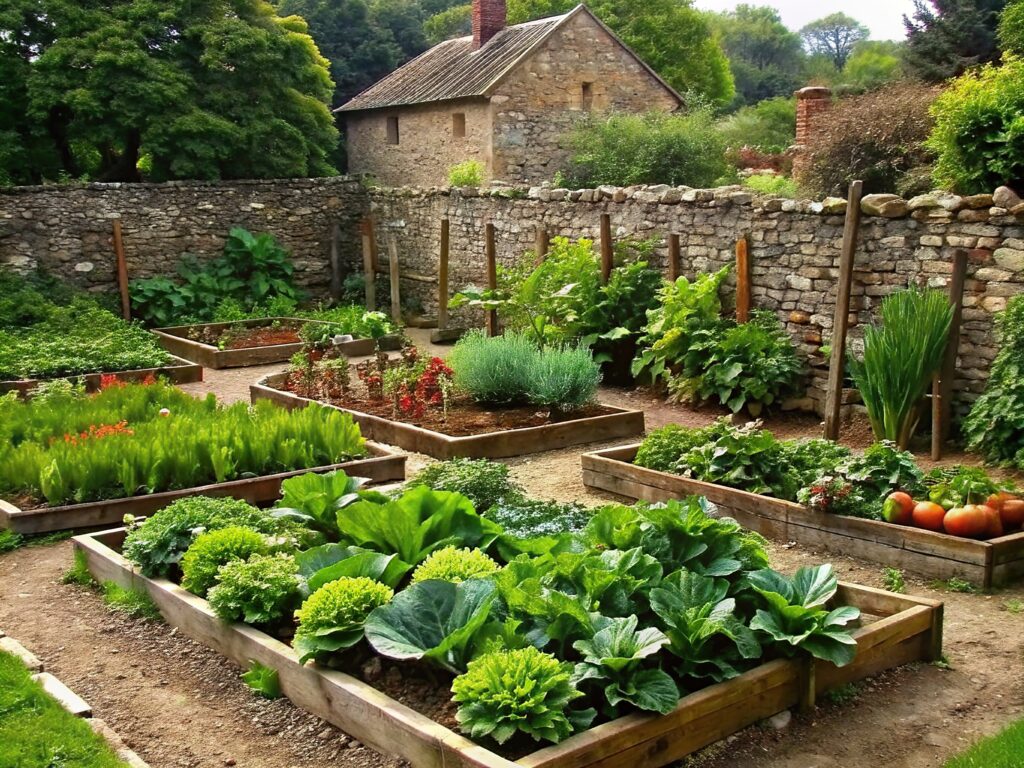
How and when you plant is also important for crop rotation to work well. Succession planting lets you grow more crops in the same space over time, making your garden more productive. Testing your soil regularly is also key to making sure each crop gets the right conditions to thrive.
Crop rotation is more than a gardening trick; it’s a way to work with nature. By trying different crops together, you can naturally keep pests and diseases away. This approach, found in organic gardening guides, boosts your crops’ health and supports a sustainable garden.
A Step-by-Step Crop Rotation Guide for Beginners
Learning about crop rotation is key for gardeners who want a healthy garden. This beginner gardening tip means changing where you plant crops each season. It keeps the soil fertile, which is crucial for gardening. A good crop rotation plan stops diseases and pests, and helps plants grow strong every year.
Start with crop rotation basics by moving heavy feeders like tomatoes to new spots each year. Then, plant beans or peas to add nitrogen back into the soil. This makes the soil rich for future plants. These steps are great healthy garden practices for a lasting garden.
Group plants like legumes, root crops, fruit crops, and leaf crops to plan your rotation. This helps you decide where to plant each year, keeping the soil full of nutrients. For example, after cucumbers, grow peas the next year to fix the nitrogen they used.
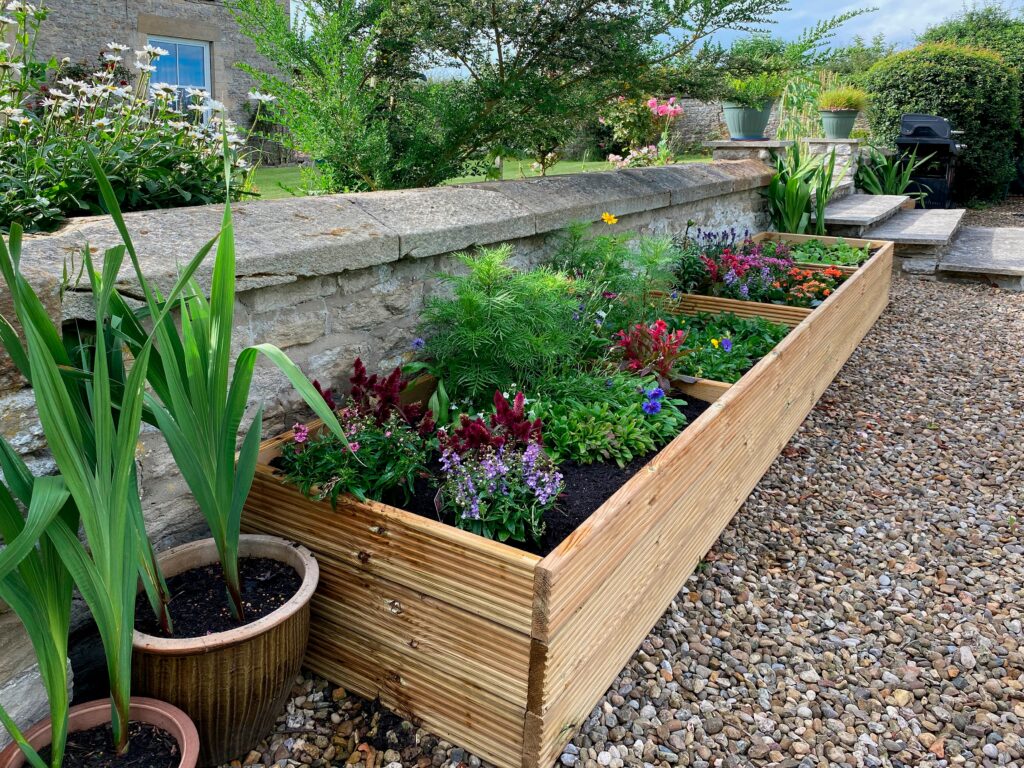
The Stone Barns Center shows how crop rotation works well on a large scale. They plan their farming for 7-10 years for some crops. This shows the detailed planning needed for crop rotation.
If you have a small garden, apply these ideas on a smaller scale. Use your garden beds for different plants and watch for diseases. Move crops if you see problems or change your rotation plan. This keeps pests and diseases under control, which is important for beginner gardening tips.
No matter the size of your garden, crop rotation can make a big difference. Using crop rotation guides in your gardening makes your garden healthy and productive. It helps your garden grow well year after year.
Identifying and Grouping Plants by Their Nutritional Needs
Knowing the nutritional needs of plants is key in soil nutrient management and boosting crop rotation benefits. It helps us see which plants need more food and which don’t. Plants like tomatoes, which eat a lot, should come after legumes that add nutrients back to the soil.
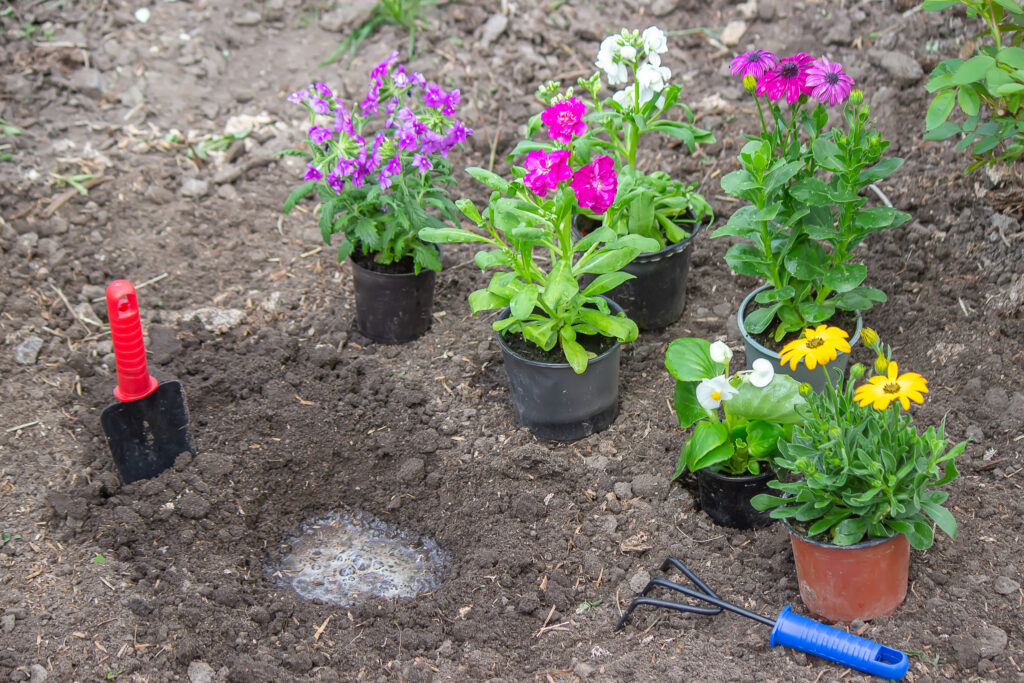
When grouping plants, think about how much they take from the soil and their root depth. Deep-rooted veggies improve soil air and structure, helping shallow-rooted plants later. This way, we meet the nutritional needs of plants and manage soil nutrient management well.
The old four-field rotation from Belgium, made famous by Charles Townshend, shows how well-planned crop changes work. By mixing different plants, especially deep and shallow-rooted ones, we get a richer soil life. This is good for soil nutrient management.
Rotating crops stops nutrient loss, fights diseases, and pests, making gardens healthier and more sustainable.
Good crop rotation means more than just mixing things up. It’s about planning to meet the nutritional needs of plants for the best crop rotation benefits. Tools like the online Garden Planner help gardeners plan their rotations well.
For any garden, big or small, a smart crop rotation plan is key. It keeps soil healthy, making it better for future crops.
Integrating Cover Crops into Seasonal Crop Rotation
Seasonal planting tips often talk about how cover crops boost crop rotation. These crops help improve soil health by fighting erosion, controlling weeds, and recycling nutrients. They also help with water and salt movement in the soil.
In places like South Dakota and across the U.S., using cover crops in a seasonal rotation is key. For example, after harvesting winter or spring wheat, planting a cover crop in the fall helps the soil. Adding legume crops between corn or soybeans increases nitrogen and saves moisture.
Crops like forage sorghum, cereal rye, hairy vetch, and brassicas protect the soil from wind and water. They also help beneficial soil organisms. When added to crop rotation, these crops break up hard soil and speed up the breakdown of crop leftovers.
Grass and small grain mixes improve soil structure and grab and hold nitrogen, making it ready for future crops. They also provide food for grazing, supporting sustainable farming.
Farmers see higher yields when planting cash crops in soil enriched with legumes and using no-till methods. Managing summer and winter annuals based on the climate and planting times is key. This approach shows how cover crops can adapt to different farming conditions.
Planting cover crops every year, especially in warm areas, or considering water needs in dry regions, is smart. It creates a balance that boosts the yield of vegetable crops and supports the environment and economy.

